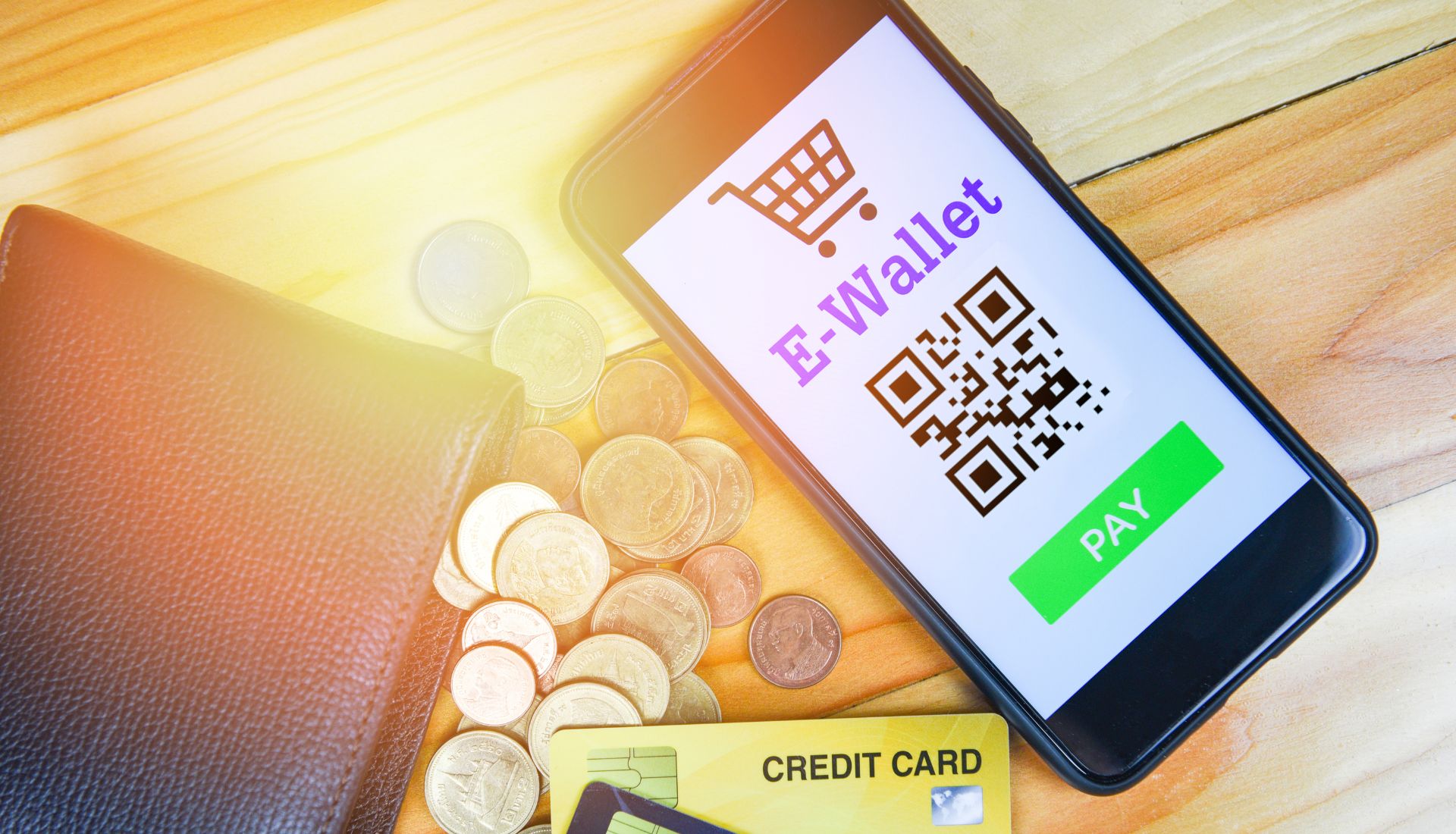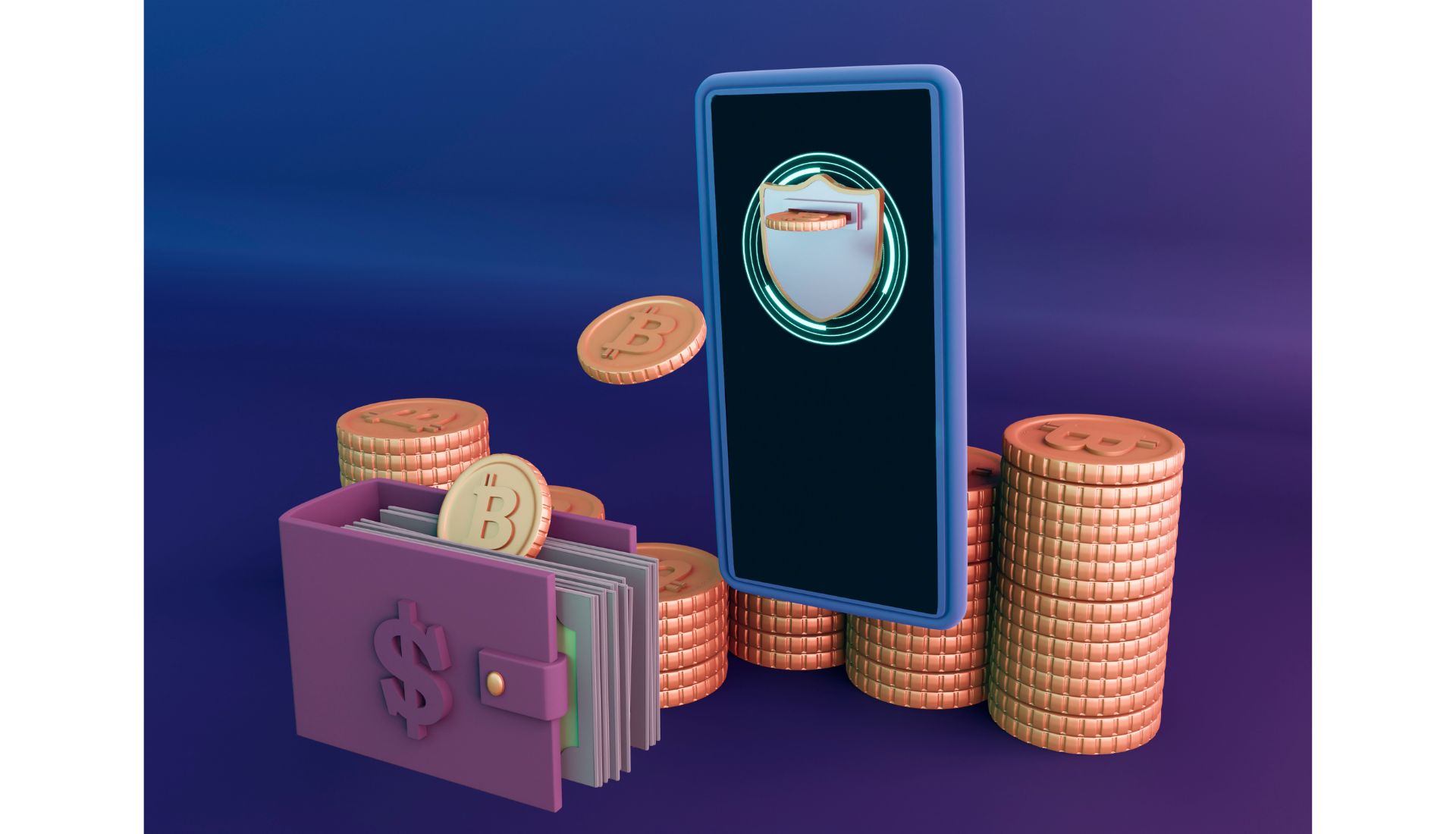Worried you missed the Bitcoin boom? You’re not alone—and it’s not too late to start. Because there are so many ups and downs in the market, many new investors wonder how to get started. Therefore, building a crypto portfolio wisely has never been more important.
With cryptocurrency’s ups and downs, many people new to investing are wondering if it’s still wise to participate.
Still, the good thing is that we’re not just thinking about Bitcoin in crypto today. As new digital assets, tools and blockchain ideas appear, it is easier for beginners to build wealth.
It’s important to remember that crypto investing doesn’t always end in profits. Many people find it confusing, easily carry rumours about it and it experiences tremendous fluctuations.
Because of this, it’s important to learn the rules first—before making your bets.
Let’s make understanding crypto easy for newcomers, so you are prepared to build a Crypto Portfolio immediately.
📚 Table of Contents
- Understanding the Basics of Cryptocurrency
- Popular Cryptos to Watch as a Beginner
- How Volatility Impacts Your Crypto Investment
- A Step-by-Step Guide to Starting Your Crypto Portfolio
- Picking a Trusted Wallet App
- Hot Wallets vs. Cold Wallets: Which Is Right for You?
- What Is Blockchain and Why Does It Matter
- How Smart Contracts Are Changing the Game
- The Role of Stablecoins in a Balanced Portfolio
- What Traditional Investors Think—And Why It Matters
- Final Thoughts: The Beginner’s Mindset Wins
1. Understanding the Basics of Cryptocurrency

Blockchain is a decentralized system used by cryptocurrency as a form of digital money. Because no single person or government makes or controls it, crypto is considered decentralized.
Thousands of computers worldwide confirm every transaction, so the procedure is completely clear and protected. It works like a system among friends where you can send money directly, without help from a bank.
While there are thousands of cryptocurrencies, not all are worth your energy or cash. Some hope to remove traditional currencies, whereas others focus on letting people use cryptocurrency for games, certain apps or to purchase NFT works of art.
Whatever coins you invest in, remember that you’re joining a new kind of financial and technology world.
2. Popular Cryptos to Watch as a Beginner

If you are new, don’t go for the cryptocurrencies you see being promoted online by friends. Concentrate on those that are popular, have actual uses and have groups behind them.
Bitcoin (BTC) – Bitcoin was first and is now the most widely used type of cryptocurrency. Often called digital gold.
The main role of Ethereum (ETH) is to run smart contracts and decentralized applications.
Solana (SOL) – It’s famous for quick transactions and low fee costs.
By using Polygon (MATIC), we can make Ethereum transactions faster and lower their expense.
Cardano (ADA) is crafted by researchers, with the main point being its environmental health.
Ripple (XRP) – Made for the transfer of money between various banks.
Although there is no certainty for these cryptos to rise, they are supported well and have clearer functions than many meme coins.
3. How Volatility Impacts Your Crypto Investment

It’s not a secret that crypto is highly unstable.
Prices can increase by 30% over 24 hours—or fall just as fast. That’s both what can lose you and what can get you gain in the crypto market.
Starting, you should keep your hopes realistic. Don’t believe that crypto will instantly make you rich. Rather, treat it as an ongoing investment you would make like stocks or real estate.
- To prevent big financial swings:
- Invest only the funds you’re ready to part ways with
- It’s best not to sell shares once prices go down.
- Diversify your crypto investments to reduce risks.
All of these steps are part of learning how to build a crypto portfolio that can stand strong during market ups and downs.
4. A Step-by-Step Guide to Build a Crypto Portfolio

Getting started might sound technical, but learning how to build a crypto portfolio is easier than you think:
Step 1: Educate Yourself
Spend time learning crypto basics like blockchain and wallets. Learn about things like gas fees and decentralized finance.
Step 2: Choose a Reliable Exchange
Sign up for a simple crypto trading platform such as Coinbase, Binance, Kraken or Gemini. You can easily buy, sell and look after your coins on these platforms.
Step 3: Verify Your Identity
Know most exchanges follow Your Customer regulations. Before you can start, you have to upload your ID documents.
Step 4: Fund Your Account
Attach your bank account or card to deposit cash into your account.
Step 5: Make Your First Purchase
Start small. Get yourself started by investing in a small amount of Bitcoin or Ethereum.
Step 6: Store Your Crypto Safely
Next up—there’s plenty to discuss about storage in cryptocurrency.
5. Picking a Trusted Wallet App

When you have some crypto, you should save it safely.
Coin ownership is made easier by using a crypto wallet to store and use your coins when needed. It is possible to use the wallet that comes with your exchange, but for better control and security, you should get an app wallet.
Some of the most famous wallet apps for newbies are:
- Trust Wallet – Simple to set up and is good for multiple cryptos
- You should try MetaMask for any Ethereum and decentralized application usage.
- Exodus is a great choice for desktop owners and people just starting out in cryptocurrency.
Store your recovery phrase in a safe place off your computer. When you lose your private key, there’s also no way to get a secret reset.
6. Hot Wallets vs. Cold Wallets: Which Is Right for You?

There are two main types of wallets:
Hot Wallets
Because they are online, they can be used quickly and conveniently every day. MetaMask and Trust Wallet are included in this set of applications.
Cold Wallets
You can depend on these methods since they are not connected to the Internet and are safer against hacking. Among many different hardware wallets, Ledger and Trezor are widely recognized.
For those new to crypto, a good choice is a hot wallet. In time, when your holdings expand, placing your digital assets in a cold wallet adds a new level of protection.
7. What Is Blockchain and Why Does It Matter

All cryptocurrencies are based on the technology called blockchain.
Each transaction is recorded on a network using a network-managed decentralized ledger. Rather than being managed by a single organization, thousands of people confirm each block of data.
With this, fraud is significantly reduced, and you no longer need third parties. As a result, many people believe blockchain has the potential to change banking and healthcare dramatically.
Every crypto coin functions either directly on its own blockchain or by using Ethereum’s blockchain. You can better appreciate the way your money works by understanding this.
8. How Smart Contracts Are Changing the Game

These programs are self-run on a blockchain and are called smart contracts. They obey the rules of an agreement when particular conditions are reached.
For the sake of this example, let’s imagine you pay rent using crypto. If you pay, your keys are released to you by the smart contract—you won’t need to wait for someone from the agency.
Smart contracts were first introduced with Ethereum and now multiple platforms rely on them to create apps, games and systems for decentralized finance (DeFi).
If you’re new to investing, keep an eye on smart contracts since they are changing the future of business and services.
9. The Role of Stablecoins in a Balanced Portfolio
Despite huge price swings for Bitcoins, the value of stablecoins remains mostly consistent.
Stablecoins are connected to currencies such as the US dollar. Examples include:
- USDT (Tether)
- USD Coin is the name for USDC.
- DAI
They’re helpful when you hope to preserve your profits without selling them. As an example, if Bitcoin rises, you might want to change your profit into USDC to prevent losing your investment when there’s a dip.
It is simpler to exchange between cryptocurrencies when you use stablecoins. Stablecoins help keep your crypto portfolio steady during market swings.
10. What Traditional Investors Think—And Why It Matters

Experts in traditional finance have differing opinions about crypto.
For some people, it appears like another bubble due to all the overestimations and threats present. Several experts believe it may be useful, but say the lack of oversight is a concern.
Warren Buffett has said he calls Bitcoin “rat poison squared.” Still, big companies like BlackRock and Fidelity now provide ways for people to invest in cryptocurrencies.
So, how does this affect new crypto investors?
We shouldn’t be surprised by scepticism, but things are changing. With governments and big organizations beginning to treat crypto seriously, the industry is becoming safer, more regulated and more important.
Even so, never enter without understanding and being prepared. Don’t ignore the old warnings, but still look for new things and experiment.
11. Final Thoughts:

You don’t need to invest your funds in the most hyped digital coin when starting out with crypto.
You achieve this by learning the technology, beginning with simple tasks and keeping up to date with the latest developments. Learning helps you invest smarter and safer.
It’s important to keep these details in mind:
- It’s best to begin with coins that are well-established and widely accepted.
- Always pick well-known wallets and exchanges.
- Invest in a range of products to reduce your risks.
- Ignore the fuss or stress that’s happening around you.
- Keep studying as the crypto world develops rapidly.
When you build a crypto portfolio with patience and research, you’re more likely to avoid common pitfalls. At first, crypto can look complicated, but it can actually empower you. Once you start, you’re not only watching but also contributing to how the world handles money, ownership and finances in the future.
Enjoy your time with cryptocurrencies—it’s a new experience.
